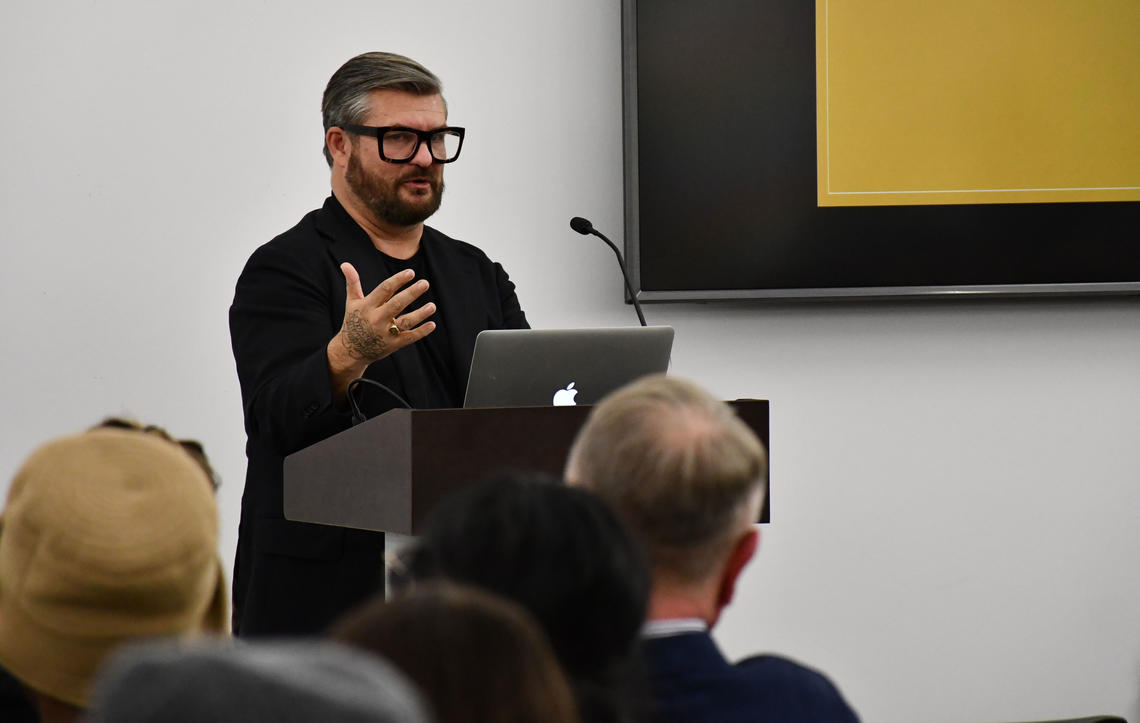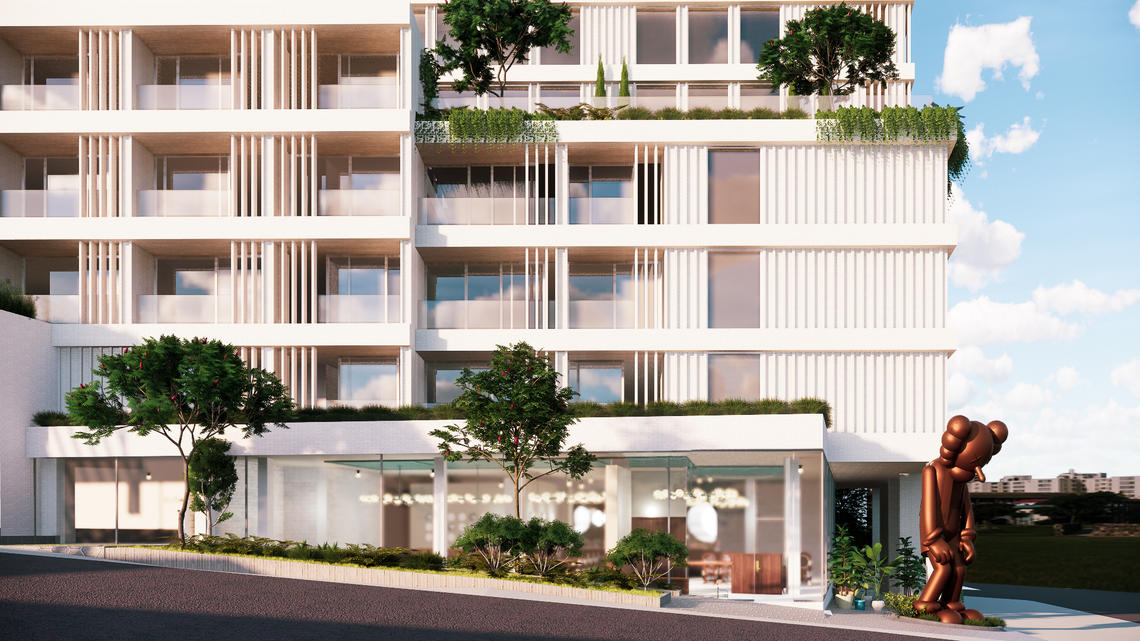March 10, 2020
How design brings value to modern business

You’ve moved to a new city and you need a haircut. You go online and find Johnny’s Barber + Shop downtown. Their website features an image with a big leather chair surrounded by rich mahogany and bright ambient lighting that seems to put the customer in the spotlight. It feels right. You click their Instagram, interact with one of the barbers and book an appointment. That first visit leads to a second, and so on. You become a loyal customer.
The nature of the experience at the barbershop is no accident of creativity. Rather, it’s the result of a deliberate design strategy developed by University of Calgary alumnus, architect Walker McKinley, MArch’96. The co-founder of mckinley burkart, an architecture and interior design practice with offices in Calgary and Vancouver, spoke at a recent Design Matters, a thought-provoking lecture series presented by the School of Architecture, Planning, and Landscape (SAPL)
- Photo above: A completed private residence in Whistler, designed by Walker McKinley's architectural firm. Photo courtesy mckinley burkart
He argues architects are “losing our seat at the table.” By developing a new collaborative, multi-disciplinary model of practice, architects can add real business value for their clients, McKinley told SAPL students, faculty and others at the lecture series.
Loyalty is “the company’s brand; values, reliabilities and visions aligning with their clients,” he says. McKinley and his colleagues are rethinking how to create that loyalty in the lifestyle and hospitality industry through design. They’ve developed a design lab and think tank within their practice called Black Chamber to help clients re-evaluate their goals, brand and clientele.
It’s an opportunity to explore answers to questions clients didn’t know they have
Rather than solving a problem, Black Chamber works to uncover the source of the problem, to avoid it altogether. In this new area of practice, McKinley urges architects and designers to explore ideas about infusing a client’s brand with architecture, interiors, materiality, graphics and media presence to create new client experiences. It’s important to investigate opportunities to develop environments that target emotions and provide new occasions for interaction with customers, he says.

Walker McKinley speaks to students, faculty and community members at Design Matters lecture.
Ji Song Sun
McKinley is exploring data and metrics to better understand where millennials are spending their money, what they care about and the value system that drives their decisions. His research is showing that millennials care about community, identity, activity and experience. And Black Chamber is using this data to help businesses better use design to deliver something unique.
A design lab within an architectural firm can help businesses incorporate design as added value to their brand by capturing a consumer’s attention, shaping their experience and making them feel good. From the first look at that leather chair online to the exact right touch of gel after every haircut, the barbershop’s brand pushed through each phase of the user experience. McKinley reminds us that everything architects and designers do isn’t for their clients like the barbershop. It’s for their customers, the end users, like the man who moved to a new city and needed a haircut.
Alexander Mayhew is an M1 student in the Master of Architecture program at the School of Architecture, Planning and Landscape.

Render of a schematic design concept for a mixed-use development.
Courtesy mckinley burkart




